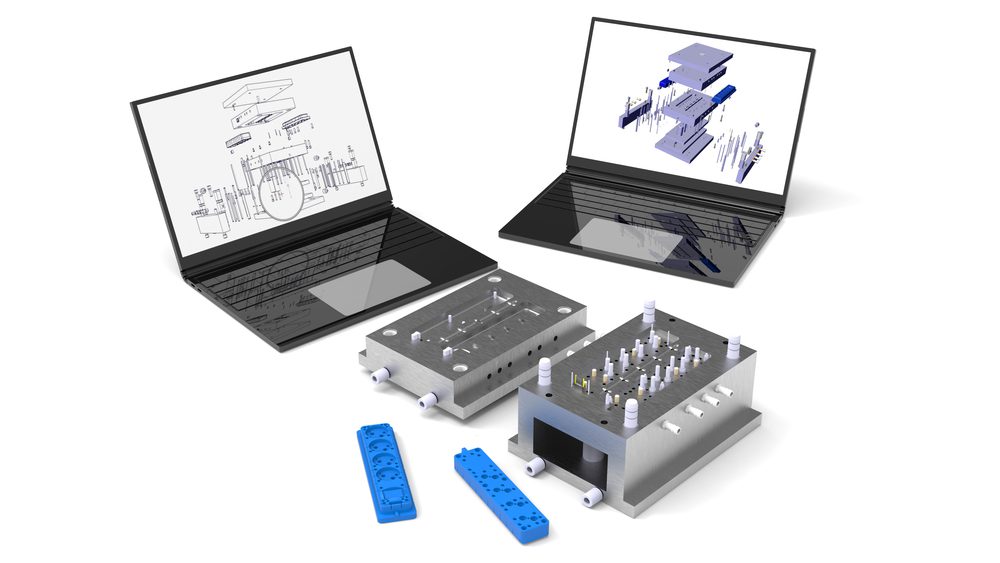Injection molding is an essential part of manufacturing identical items in large quantities. As with every mass production process, injection molding needs careful planning and design, from visualizing the mold prototype to testing the finished product. Learn about the low-pressure injection mold process below.
Types of Injection Molds
Insert Molds:
An insert mold means placing an insert into the mold to bond with the injected materials. You can make the insert from another plastic, metal, ceramic, or other material which can withstand the molding process. Insert molding works for encapsulated electrical components, appliance knobs, or medical tube valves.
Free-Standing Molds:
A free-standing or stand-alone mold is a design befitting all the end-product features in one. You can use it in any standard molding press for products with multiple cavities for the same part. This type of mold manufacturing reduces the cost of production since all the pieces are in one mold.
Steps of Injection Molding Process
1. Mold Design
A mold is made from either aluminum or steel using precision machining. The product design should ideally be a simplified geometric shape for two reasons: it makes injection molding much easier and minimizes mold defects during the production process.
2. Mold Clamping
You can make an injection mold in two halves or plates clamped together before pouring the material into it. This gives the finished product a seam or parting line.
3. Material Preparation
Injection molding products are products of multiple materials such as thermoplastic polymers, elastomers, glass, and metals. You can heat these materials, inject them into the mold, and then cool to solidify into the finished product.
4. Ejection
After cooling, the product ejects out of the mold. It may go straight into an assembly or undergo further product testing depending on the product. If there are any faults in the end product, the injection mold maker can tweak the mold to your specifications.
5. Process Repetition
The final step of mold manufacturing is to repeat the process to mass-produce the product. Any product which needs repeatable production can come from injection molding, from bottle caps to car components.
Injection Mold Design Cost
Working with an injection mold maker is always a serious investment in manufacturing. Many factors go into the cost of mold design, including:
- Mold maker expertise:
Mold design is a highly skilled craft that combines engineering with product design, precision machining, and CAD software operations. Depending on the finished product’s size and complexity, an injection mold maker could take a few days to several weeks to create the perfect mold.
- Precision requirements:
The mold components must perfectly align to an impressive 0.001 of an inch, thinner than your standard printing paper.
- High-quality mold materials:
Low-pressure injection works best for sensors, cables, monitors, circuitry, and other productssensitive to moisture, pressure, and temperature. A low-pressure injection mold maker must use the best materials to handle the delicate components without damage.
Conclusion
At the end of the day, your product’s quality depends on the mold’s quality. With LGS Overmold, all these factors and more will go into designing your fully customized mold prototype. Get in touch to discuss your project today.
